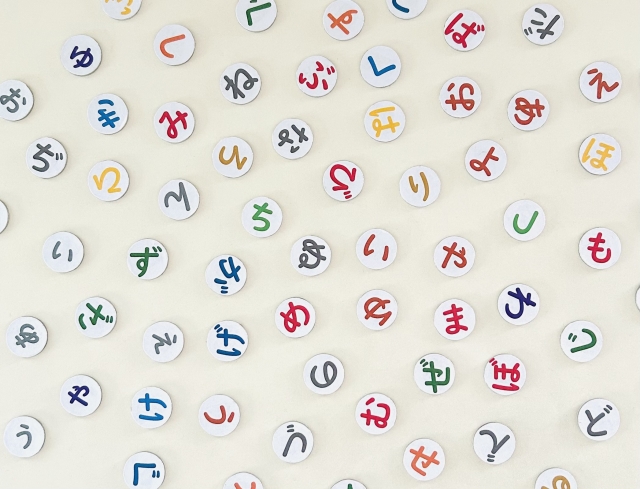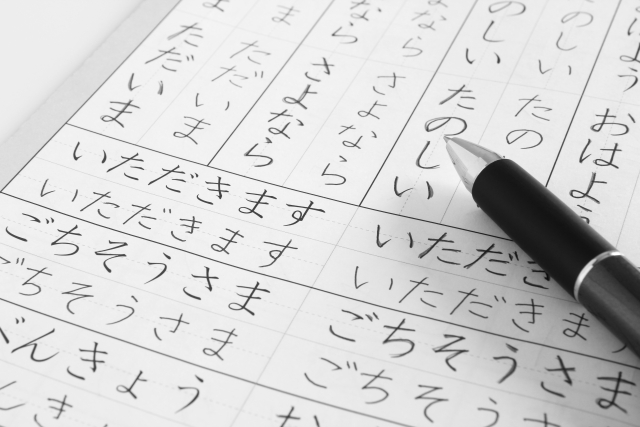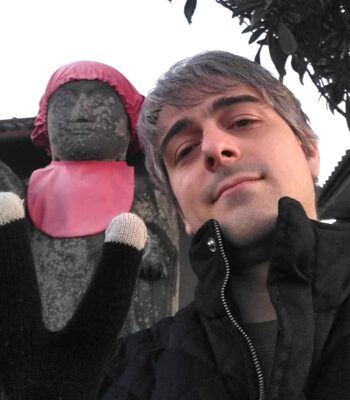- Learning Japanese
How Long Does It Take to Learn Japanese? Tips for Faster Mastery
2024.11.18

Many people who want to learn Japanese often wonder, "How long does it actually take to master the language?" Japanese is often considered challenging, largely due to its unique features such as its three writing systems—Hiragana, Katakana, and Kanji—and its distinct grammar and sentence structure. However, with a clear goal, proper guidance, and consistent effort, mastering Japanese is achievable.
In this article, we’ll discuss the estimated time it takes to learn Japanese, practical strategies to accelerate the learning process, and insights into the challenges learners face. Let’s dive in!
How Long Does It Take to Learn Japanese?

The U.S. Department of State estimates that achieving functional fluency in Japanese requires about 2,200 class hours—not total hours—of dedicated study. This is significantly more time compared to a Category 1 language, such as Spanish or French, which typically requires 600 to 750 class hours (24–30 weeks) to achieve a comparable level of fluency. This stark difference highlights the additional complexity of Japanese.
The higher time investment reflects the difficulty of mastering Japanese. However, with the right approach, effective study habits, and tailored instruction, the process becomes much more manageable.
Why Does Learning Japanese Take So Long?

There are three main reasons why mastering Japanese can be time-consuming:
- Three Writing Systems: Hiragana, Katakana, and Kanji
- Different Grammar and Sentence Structure
- Cultural Nuances
Let’s look at each reason in more detail.
Three Writing Systems: Hiragana, Katakana, and Kanji
Japanese uses Hiragana, Katakana, and around 3,000 Kanji characters, each with multiple pronunciations and meanings. Kanji is particularly challenging due to its dual reading systems: On’yomi (Chinese-derived readings) and Kun’yomi (native Japanese readings). The correct pronunciation of a Kanji often depends on the context, such as whether it is used in a compound word or on its own. This adds an additional layer of complexity to mastering Kanji. Moreover, unlike English, where new meanings arise from combining words, Japanese often combines Kanji, making the language both visual and symbolic. The intricate strokes, numerous applications, and fundamental differences in structure further contribute to the difficulty of learning Japanese.
Different Grammar and Sentence Structure
Japanese grammar diverges significantly from English. For instance, while English uses a subject-verb-object (SVO) sentence structure, Japanese uses a subject-object-verb (SOV) structure. Beyond word order, the linguistic thought process and sentence creation in Japanese are fundamentally different. For example, the sentence "Have you ever been to Japan?" in English is expressed as 「日本に行ったことがありますか」in Japanese. Literally translated, this means "Japan to gone thing exists?"—a structure entirely alien to English speakers. This illustrates the need for systematic study to grasp the grammar and structure.
Cultural Nuances
Cultural subtleties, such as using indirect expressions to avoid conflict or show humility. Mastery of the language includes learning these cultural norms, which can feel vastly different from Western communication styles.
Estimated Time for Each Level of Japanese Proficiency

Achieving fluency in Japanese involves progressing through three main levels:
- Beginner Level
- Intermediate Level
- Advanced Level
Here’s what to expect at each level:
Beginner Level (1-2) years:
At this stage, learners can understand basic sentences and engage in slow-paced conversations. It typically takes 1–2 years of consistent study to reach this level.
Intermediate Level (2-3 years):
Learners can read simple passages, such as manga or children's books, and engage in basic conversations by the end of this stage. However, achieving natural conversation flow or reading complex materials like newspapers remains a challenge. The intermediate phase is particularly demanding as students accumulate a vast amount of linguistic and cultural knowledge.
Advanced Level (3+ years)
At this level, learners can discuss complex topics, use technical terminology, and engage in professional communication. However, this requires sustained effort and advanced instruction.
Factors Affecting the Time to Master Japanese

Five key factors can influence how quickly you learn Japanese:
- How You Allocate Study Time
- Instruction Quality
- Maintaining Motivation
- Learning Style
- Choice of Study Materials
Let’s look at these factors in more detail.
How You Allocate Study Time
Regular, focused study is essential. While cramming is ineffective, overly spreading out study sessions can hinder retention. A balanced approach—studying almost daily for 15 minutes to an hour—yields the best results. Increasing this time gradually can further accelerate progress.
Instructor Quality
Learning under a skilled, experienced teacher is invaluable. A mentor can not only teach effectively but also guide learners through cultural nuances and common pitfalls.
Maintaining Motivation
Motivation is a key factor in language learning. Even if you spend hours studying, progress will be slow if your motivation wanes. Keep your spirits high by setting small, achievable goals and regularly assessing your progress.
Learning Style
Tailoring your approach to your strengths is vital. For instance, visual learners might benefit from focusing on reading and writing, while those comfortable with speaking should prioritize conversational practice. That said, it’s equally important to consistently practice your weaknesses, as balanced development is essential for comprehensive language mastery.
Choice of Study Materials
The right study materials can make a significant difference. A comprehensive resource that covers reading, writing, listening, and speaking, as well as Japanese culture and customs, will be more effective than using multiple scattered tools.
Tips to Speed Up the Learning Process

Here are five tips for mastering Japanese more quickly:
- Set Clear Goals
- Learn from an Experience Teacher
- Engage with Japanese Media
- Focus on Practical Learning Methods
- Stick to One Main Method
Let’s break down each tip.
Set Clear Goals
Decide why you want to learn Japanese. Having a clear goal, like traveling to Japan or enjoying anime and manga in their original language, can boost your motivation.
Learn from an Experienced Teacher
Practicing with native speakers is helpful, but studying under a qualified teacher with a deep understanding of both the language and its cultural context is far more effective. Their guidance can help you avoid inefficient methods and focus on what works best.
Engage with Japanese Media
Make use of your spare time by immersing yourself in Japanese culture through manga, anime, and music. Even brief exposure can enhance your understanding of the language and culture.
Focus on Practical Learning Methods
Choose study methods that can be applied in real-life situations. It’s essential to learn not just vocabulary and grammar but also cultural nuances, so you can sound natural when speaking Japanese.
Stick to One Main Method
Avoid jumping between multiple resources. Instead, choose one comprehensive method and use supplementary tools to reinforce your primary learning strategy.
Summary: How Long Does It Take to Learn Japanese?

Learning Japanese requires dedication and effort, with an estimated 2,200 class hours to reach functional fluency. However, with proper guidance, consistent practice, and a strategic approach, this goal is within reach.
At Oku Sensei’s Japanese, we offer a unique online program tailored to learners of all levels. Our courses combine language instruction with cultural education, helping students achieve practical fluency while understanding the context in which the language is used. Book your free 30-minute consultation today and take the first step toward mastering Japanese!
We are currently offering a free 30-minute consultation at Oku Sensei’s Japanese. Be sure to check it out!


















